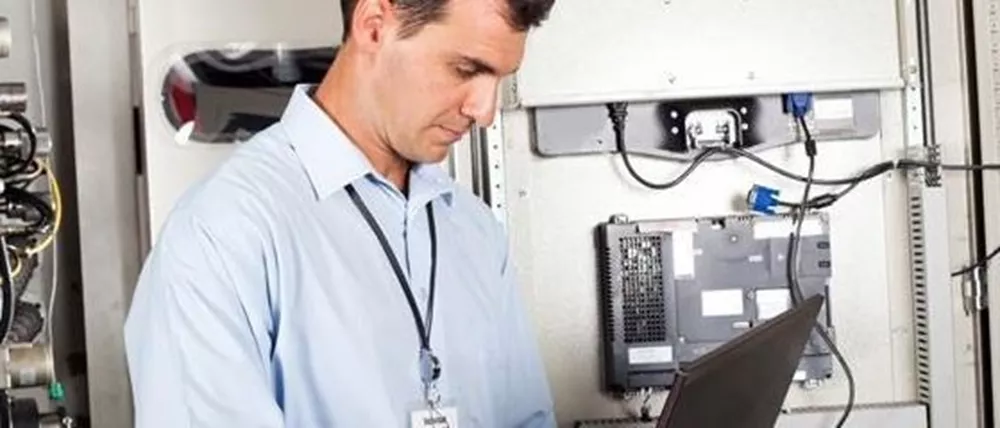Widely touted as the greatest technological advance of our age, and quite possibly the instigator of the second industrial revolution, 3D printing is here. Does it deserve the hype?
What is 3D printing?
Commonly known as additive manufacture, 3D printing is the process of rapidly building a prototype in layers. First the product blueprint is digitalised, then the 3D printer’s software ‘cuts’ the design into wafer thin sections. The hardware then lays material equal to these slices in succession until the model is complete. See an example for yourself here: https://www.explainthatstuff.com/how-3d-printers-work.html
There are many variations in this process and new technologies are being incorporated all the time. 3D Printing is a hotbed of R&D activity, where the hardware and software is constantly developing and diversifying.
What is 3D printing used for?
The uses of 3D printing are so numerous already. They range from the very practical, such as parts for machine models that have long since gone out of production – no need for scouring the world for that one scrap dealer – to the completely frivolous: moody Keanu Reeves models and bobble-head selfies; and then there are jet fighter parts, bespoke foods, prosthetic limbs (for people and animals), shoes, replica crime scenes (http://www.theguardian.com/technology/2014/jan/29/3d-printing-limbs-cars-selfies) . . . by the time you have read this article another unique idea will have jumped from design to reality.
What 3D printing can and will be used for is a far more interesting question; it’s the big ideas that are grabbing our imaginations. One outstanding development of the technology has been in regenerative medicine. 3D printers have used actual human cells to ‘print’ organs and other body parts. As they are made of the future host’s cells, it mitigates the usual risk of rejection https://www.youtube.com/watch?v=G0EJmBoLq-g. This is lifesaving as well as economy changing technology.
If 3D printing takes on as its advocators expect, no longer will a wide range of product be produced in factories, stored in warehouses and then shipped across continents. Instead they will be made to order in small workshops and eventually in our own homes. The implications are extensive and far reaching. But along with the ecological and medical advantages, there is the unavoidable threat to established industry.
How many people does it take to 3D print? Eventually only one – you. The possibility that one day the only thing that will made ‘traditionally’ in a factory will be the 3D printers themselves, which at some point may in turn be created by other 3D printers, is a thrilling but also unsettling prospect.
It is easy to see why 3D printing is being hailed as the second industrial revolution. Just as the first industrial revolution saw mass production in factories quickly taking the place of small individually owned workshops, so, it is being predicted, will factory production be replaced by 3D printing. Envision a world where 3D printers will be as common in the average household as their ink printing counterparts and it’s easy to imagine how huge this could be.
Aside from the recent negative scrutiny caused by 3D printed weapons (http://www.theguardian.com/world/2014/may/08/japanese-man-arrested-guns-3d-printer), if there is anything dampening the hype for 3D printing, it comes from those who are aware that this technology has been around in some form for 20 years at least. Technology buff Neil Gershenfeld believes that those making the biggest fuss about 3D printing probably haven’t used it. Instead he sees 3D printing as just one part of the digital workshop of the future:
‘More useful, he says, is a computer-controlled laser cutter, a numerically-controlled milling machine for making big parts, a sign cutter, a precision milling machine and programming tools for low-cost high-speed embedded processors.’
http://www.bbc.co.uk/news/business-22559022
While the possibilities of 3D printing seem near limitless, unless there is a big re-design of larger scale products – some commercial plane parts for example – so that they are made up of smaller parts, then 3D printing isn’t be a viable option in every case.
And then of course there are materials. While 3D printing can use a wide range of materials, it cannot manipulate rock or timber. The digitalised saws and lasers would be able to do this. If the future was looking bleak for Ford-style factory manufacture due to 3D printing, once these other technologies become more common, it will be completely surpassed.
Still, for the majority of people 3D printing alone is a new and exciting technology. The most amazing aspect of 3D printing, and one that will transform how upcoming businesses manufacture their products, is the possibility of a seamless transition between a design and its physical realisation. Never before has the design been closer to reality.
Get credit for your business innovation with research and development tax credits claim assistance from RIFT. Find out more about R&D tax credits for manufacturing, deep dive into the world of business innovation with our insights, or contact RIFT R&D today to find out how we can maximise your benefits.

